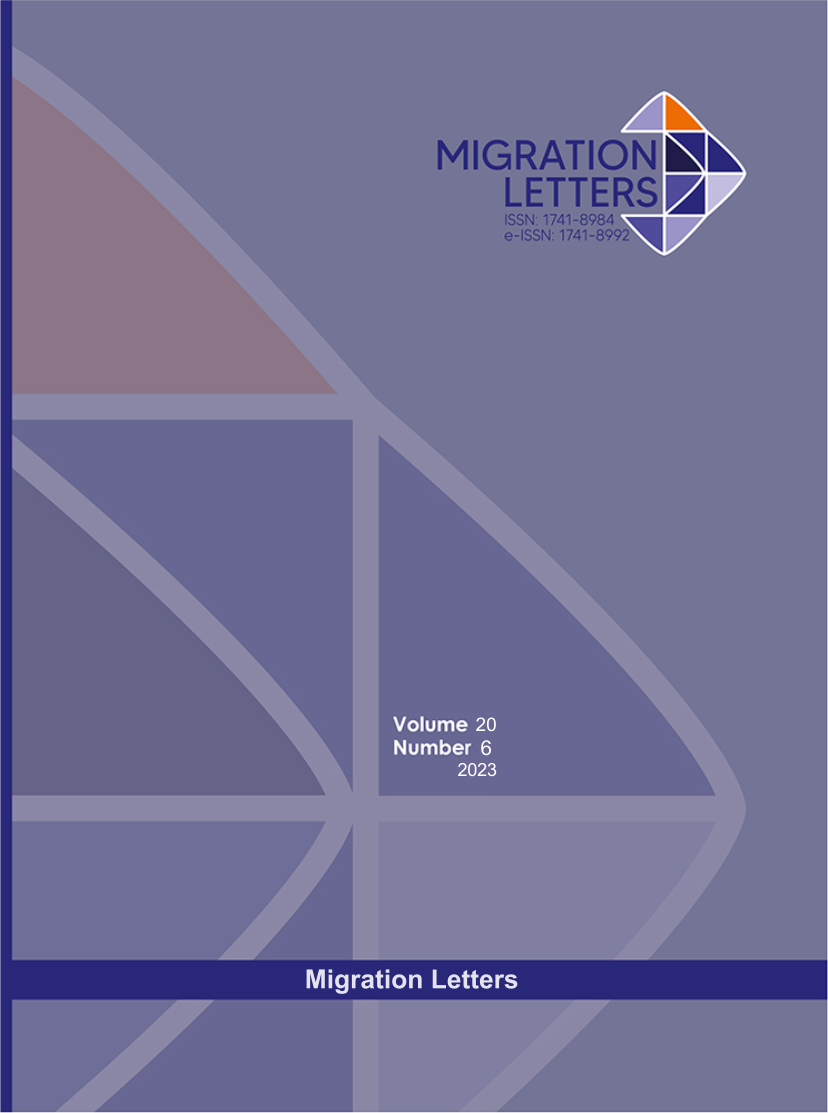Willingness to Communicate and English Language Proficiency in Saudi Military Cadets: A Structural Equation Modelling Approach
DOI:
https://doi.org/10.59670/ml.v20i6.3491Abstract
This study used structural equation modelling (SEM) to investigate the internal structure of a number of variables: L2 anxiety, L2 perceived competence, and L2 willingness to communicate and to examine their impact on the frequency of using L2 in L2 speaking situations. In addition, the study also examined the influence of the students’ English language proficiency on the relations among these variables. The sample of the study was 112 Saudi military cadets studying English as a foreign language. The study found that the willingness of the Saudi EFL learners to communicate in English was directly affected by their perception of L2 competence and indirectly by their L2 anxiety. In addition, the influence of the L2 anxiety on the students’ perception of their L2 competence was direct. Furthermore, the frequency of using English in L2 speaking situations was directly impacted by the willingness of the Saudi EFL learners to communicate in L2. Finally, the analysis revealed that the English language proficiency of the Saudi students had no effect on the relations among the variables of the model.
Metrics
Downloads
Published
How to Cite
Issue
Section
License

This work is licensed under a Creative Commons Attribution-NonCommercial-NoDerivatives 4.0 International License.
CC Attribution-NonCommercial-NoDerivatives 4.0






